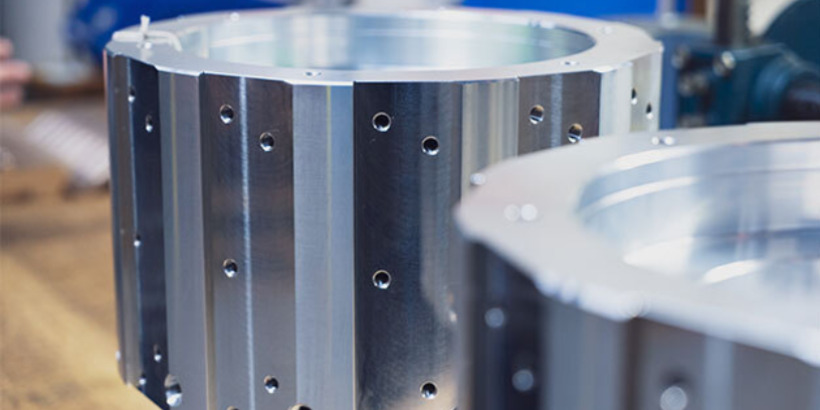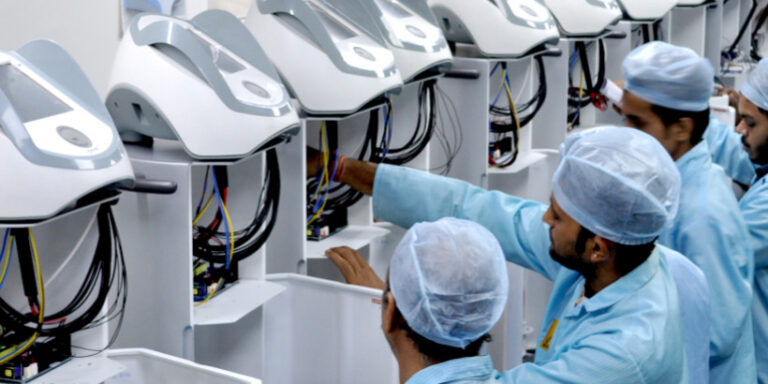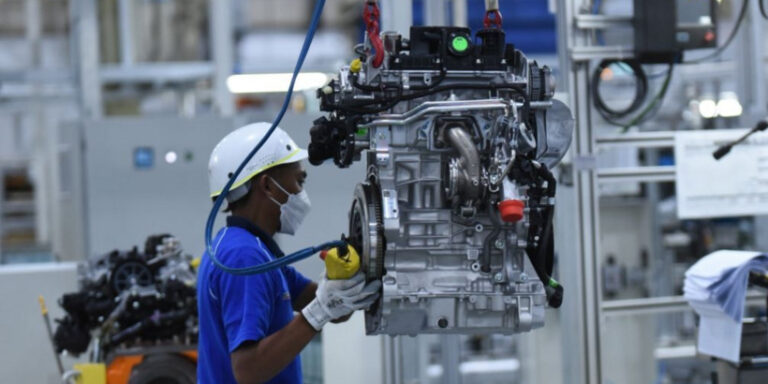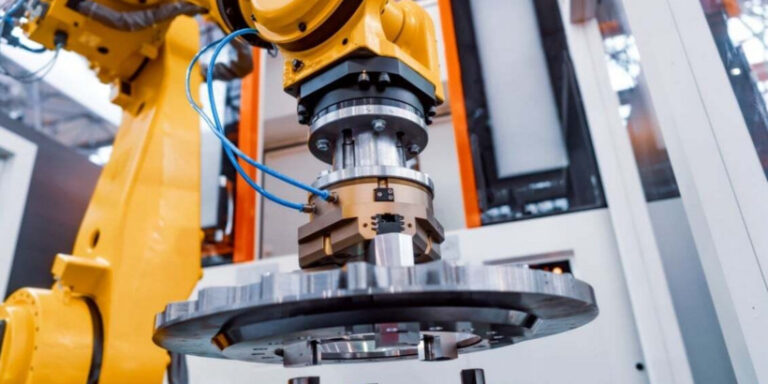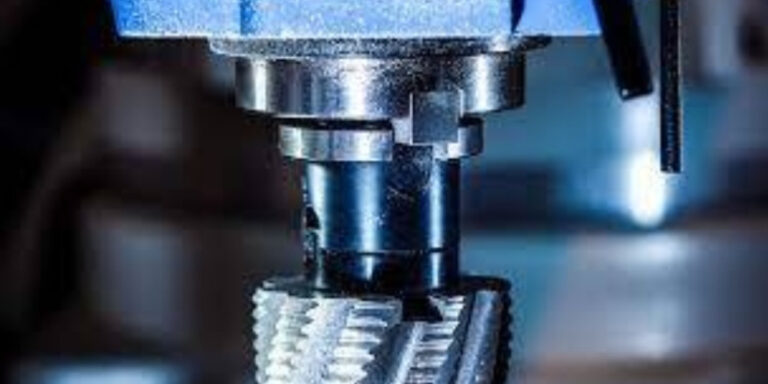The Benefits Of Implementing Predictive Maintenance In Manufacturing
As someone who has worked in the manufacturing industry for years, I know that one of the biggest challenges is keeping equipment running smoothly. When machinery breaks down unexpectedly, it can cause costly downtime and delays in production. That’s why implementing a predictive maintenance program can be incredibly beneficial for manufacturers.
Predictive maintenance uses data analysis to identify when equipment needs servicing before it fails. By predicting potential issues before they occur, companies can prevent unexpected breakdowns and extend the lifespan of their machinery.
In this article, we’ll explore some of the key benefits of implementing predictive maintenance in manufacturing and how it can help businesses improve efficiency, reduce costs, and increase profitability.
Understanding Predictive Maintenance
Have you ever wondered how some companies are able to avoid unexpected machine breakdowns and save a significant amount of money on maintenance costs?
The answer lies in the implementation of predictive maintenance. Predictive maintenance is a technique that uses machine learning algorithms and predictive analytics to predict when equipment failure might occur.
By analyzing data from sensors, machinery behavior patterns can be identified, allowing technicians to schedule preventative maintenance before any major breakdown occurs.
It’s not just about reducing downtime either; implementing predictive maintenance also helps optimize production by identifying areas where efficiency can be improved.
Overall, the benefits of using predictive maintenance go far beyond simply saving time and money it enables manufacturers to make better decisions based on accurate insights into their operations.
Reducing Equipment Downtime
I’m excited to talk about the benefits of implementing predictive maintenance in manufacturing, specifically looking at early diagnosis of issues and preventive maintenance. Let’s dive in and explore how this could help reduce equipment downtime!
Early Diagnosis Of Issues
Hey there! Did you know that early detection of issues is one of the biggest benefits of implementing predictive maintenance in manufacturing?
By constantly monitoring equipment and analyzing data, potential problems can be detected before they even occur. This allows for preventive measures to be taken, reducing or even eliminating downtime caused by unexpected breakdowns.
It’s much easier to fix a minor issue before it turns into a major problem, and with predictive maintenance, manufacturers can do just that. Plus, less downtime means more productivity and ultimately leads to better profits.
So don’t wait until it’s too late – incorporate predictive maintenance into your operations today!
Preventive Maintenance
Now that we’ve talked about the benefits of predictive maintenance, let’s dive into another way to reduce equipment downtime: preventive maintenance.
Unlike reactive maintenance, which only addresses problems after they occur, proactive monitoring and regular upkeep can prevent issues from happening in the first place.
By conducting routine inspections and making necessary repairs before things break down, manufacturers can keep their operations running smoothly and avoid unexpected shutdowns.
Predictive analytics can also be used to identify potential areas for improvement and guide decision-making when it comes to maintenance schedules.
With a combination of both predictive and preventive measures in place, downtime caused by equipment failure can become a thing of the past.
Extending Equipment Lifespan
Oh, the joys of having equipment that lasts longer than expected! Who wouldn’t want to save money and avoid downtime due to unexpected breakdowns?
With proactive planning using predictive analytics, you can extend the lifespan of your manufacturing equipment. Here are three ways how:
- Identifying patterns: Predictive maintenance allows you to identify patterns in machine behavior before they turn into problems. By analyzing data from sensors and other sources, you can detect potential issues early on.
- Preserving parts: When machines break down unexpectedly, it’s often because certain components have worn out beyond repair. But with predictive maintenance, you can catch these problems earlier and replace those parts before they cause further damage.
- Improving efficiency: Regular maintenance means less downtime for repairs or replacements, resulting in more uptime and higher productivity overall.
By implementing proactive planning through predictive analytics, you’ll not only reduce costs associated with unplanned downtime but also increase the longevity of your equipment.
So why wait until something goes wrong when you can stay ahead of the game?
Improving Production Efficiency
Implementing predictive maintenance in manufacturing not only ensures that equipment is running smoothly, but it also leads to improved production efficiency.
By utilizing real-time data and analytics, manufacturers can identify potential issues before they occur and schedule maintenance accordingly, reducing downtime and increasing productivity.
This means less time spent on repairs and more time producing quality products.
Predictive maintenance also enhances safety by minimizing the risk of accidents caused by faulty equipment.
Furthermore, improved accuracy in predicting when equipment will need servicing allows for better planning and scheduling of resources, which ultimately saves money in the long run.
Overall, implementing predictive maintenance is a smart investment for any manufacturer looking to improve their bottom line while ensuring high-quality output and enhanced safety measures are in place.
Cost Savings
Imagine being able to save money effortlessly.
With predictive maintenance, you don’t need to imagine anymore.
Streamlining costs is a breeze when your equipment runs smoothly and efficiently without the need for any costly repairs.
By predicting potential issues before they become major problems, you can avoid expensive emergency repairs that could disrupt production schedules and lead to lost revenue.
Not only does this method of maintenance keep your expenses in check, but it also ensures that your manufacturing facility is operating at peak performance levels consistently.
So why wait? Take control of your bottom line with predictive maintenance today!
Increased Profitability
When it comes to predictive maintenance in manufacturing, increased profitability is one of the most significant benefits.
By implementing this technology, manufacturers can cut costs by reducing unexpected downtime and preventing equipment breakdowns before they occur. With less unplanned maintenance, businesses can save on repair expenses and avoid production delays that may result in missed delivery deadlines or lost sales opportunities.
In addition to cost savings, predictive maintenance also enhances performance by ensuring machines are operating at optimal levels. This leads to improved product quality, reduced energy consumption, and an overall increase in efficiency throughout the manufacturing process.
All these factors contribute to higher profits for businesses that invest in predictive maintenance technologies.
Data-Driven Decision Making
When it comes to implementing predictive maintenance in manufacturing, data-driven decision making plays a crucial role. With machine learning and predictive analytics, manufacturers can gather and analyze vast amounts of data from their equipment and systems to make informed decisions about when maintenance is needed.
Here are four ways that data-driven decision making can benefit the implementation of predictive maintenance:
- Improved Equipment Performance – By using real-time data analysis, manufacturers can identify potential issues before they become major problems, allowing for proactive maintenance that keeps equipment running smoothly.
- Reduced Downtime – Predictive maintenance enables technicians to perform necessary repairs during scheduled downtime, reducing unplanned downtime caused by unexpected breakdowns.
- Cost Savings With predictive maintenance, costly emergency repairs are avoided as machines undergo preventive measures based on gathered insights.
- Extended Machine Life Regular monitoring with the help of predictive analytics ensures that machinery wears out at a slower rate than usual and reduces overall wear and tear over time ensuring longevity.
By utilizing these benefits through data-driven decision-making processes; manufacturers will be able to optimize production processes while minimizing losses due to unforeseen faults or failures. It¡¯s evident how this approach improves operations efficiency while increasing cost savings and boosting profitability without compromising product quality.
Conclusion
In conclusion, I believe that implementing predictive maintenance in manufacturing is one of the most significant steps a business can take towards ensuring its long-term success.
Not only does it reduce downtime and extend equipment lifespan, but it also improves production efficiency, saves costs and increases profitability.
One interesting statistic to consider is that companies who have implemented predictive maintenance enjoy an average of 25% reduction in maintenance costs, according to a study by Deloitte. This goes to show just how much money businesses are losing out on if they continue with traditional reactive maintenance practices.
From my personal experience working in manufacturing, I’ve seen firsthand the benefits of predictive maintenance. It’s allowed us to prevent unexpected breakdowns and carry out repairs before they become costly problems, ultimately improving our bottom line.
Additionally, having access to real-time data has enabled us to make informed decisions about scheduling maintenance activities, which has further improved our productivity levels.
Overall, I highly recommend considering implementing predictive maintenance in your own manufacturing business for all the reasons outlined above. The cost savings alone should be enough motivation to start exploring this option today!
